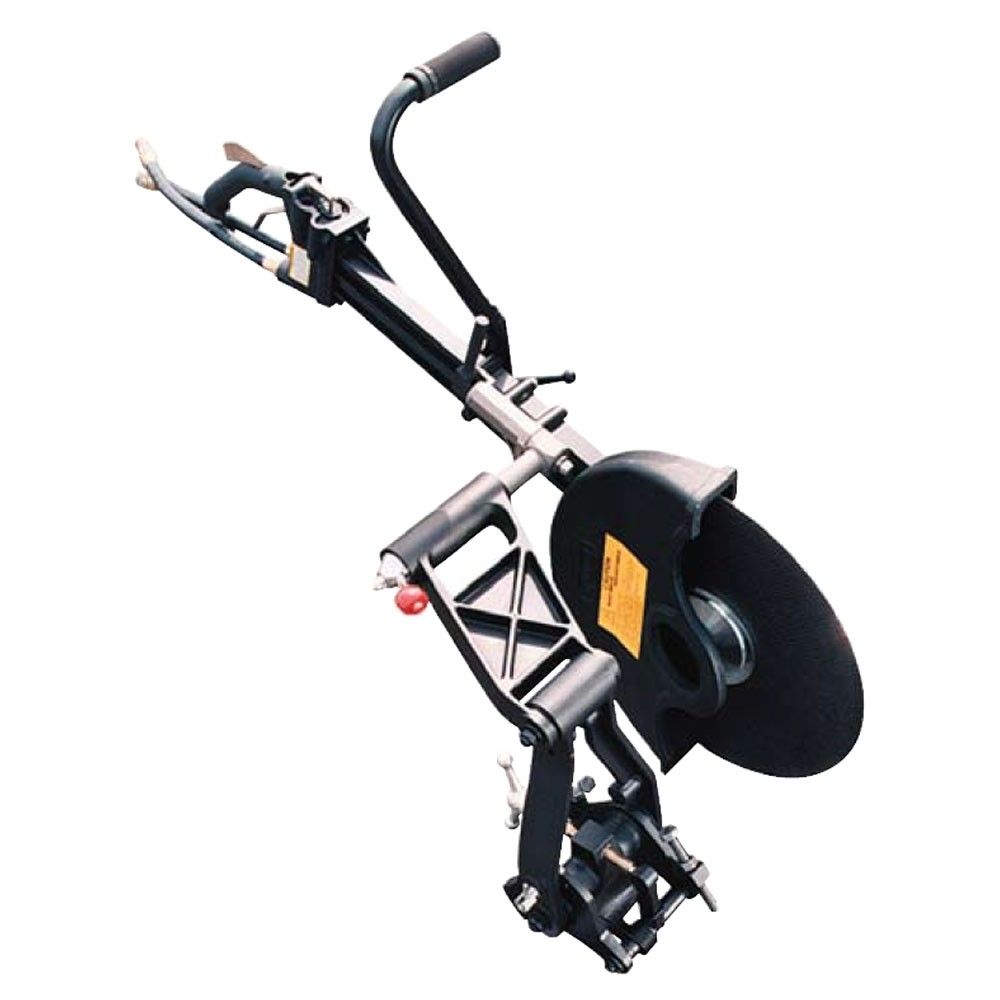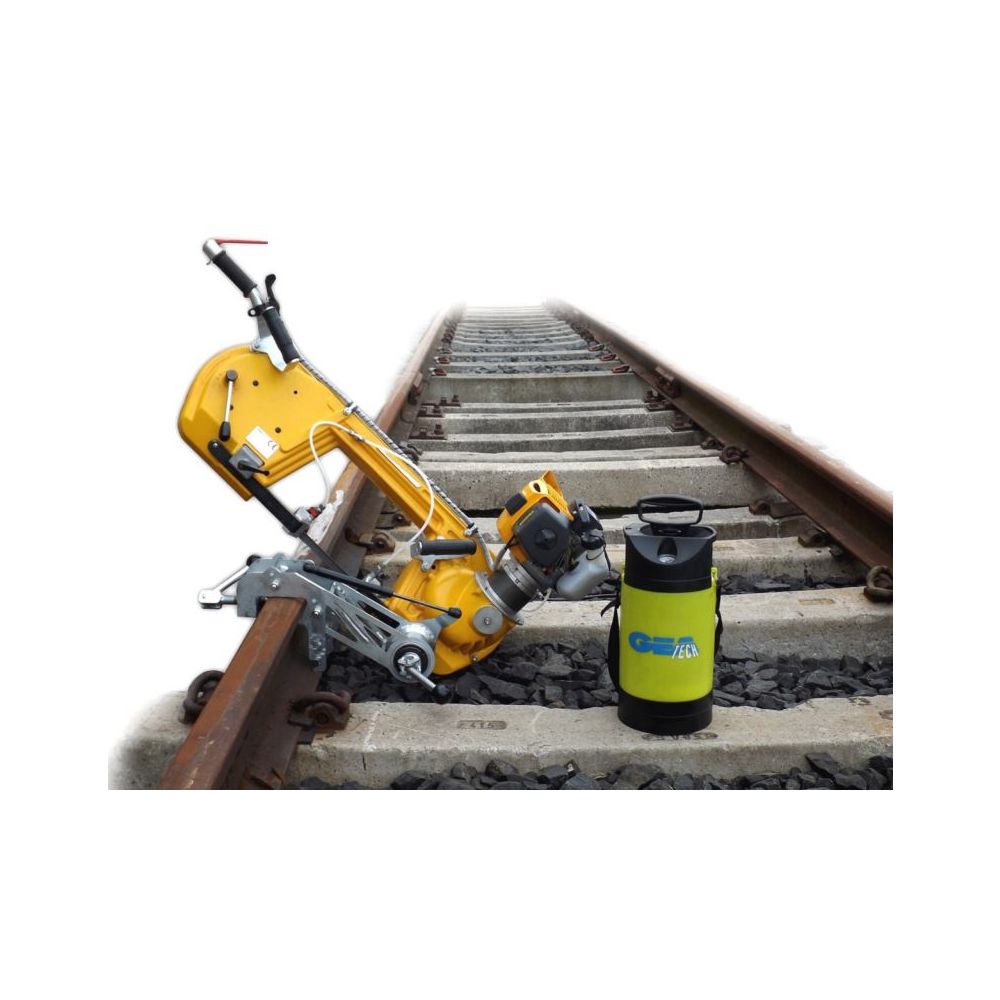Finding the Right Tool for Railroad Maintenance
Rail maintenance demands precision, efficiency, and adaptability, making the choice of cutting equipment pivotal in ensuring smooth operations. Among the array of tools available, the Stanley RS25 Hydraulic Rail Saw and the Geatech SGN Petrol Rail Bandsaw stand out as popular options, each with its own set of strengths and limitations. In this blog post, we’ll delve into the features, advantages, and drawbacks of both rail saws to help you make an informed decision for your rail maintenance needs.
Stanley RS25 Hydraulic Rail Saw

Pros:
- Hydraulic Power: Offers consistent power and precision for heavy-duty cutting tasks.
- Versatility: Handles various rail types and sizes, from steel to aluminum and composite.
- Ease of Operation: User-friendly design with intuitive controls and ergonomic features.
- Safety: Equipped with blade guards and emergency stop mechanisms for enhanced operator safety.
Cons:
- Dependency on Hydraulic Power: Requires a hydraulic power source, limiting mobility and flexibility.
- Weight and Size: Bulky design may pose challenges in transportation and maneuverability.
- Maintenance Requirements: Hydraulic systems demand regular maintenance, adding to operational costs and downtime.
- Initial Cost: Higher upfront investment may deter smaller operations or those with limited budgets.
Best Use Cases:
- Heavy-duty cutting tasks on mainlines or high-traffic routes.
- Cutting thick or hardened rails where precision and power are essential.
- Operations requiring continuous cutting for extended periods.
Geatech SGN Petrol Rail Bandsaw:
Pros:
- Portability: Powered by petrol for mobility and flexibility, especially in remote locations.
- Maneuverability: Bandsaw design allows for precise cutting in various orientations.
- Quick Setup: No need for external power sources, facilitating rapid deployment.
- Adaptability: Handles curved rails and tight spaces with ease.
Cons:
- Noise and Vibration: Petrol-powered engines can generate significant noise and vibration during operation.
- Fuel Dependence: Requires a steady supply of fuel, adding to operational costs and logistical considerations.
- Maintenance Complexity: Petrol engines demand regular maintenance to ensure reliable performance.
- Emissions and Environmental Impact: Contributes to air pollution and may be restricted in environmentally sensitive areas.
Best Use Cases:
- Track maintenance and repair in remote or rural areas without access to power sources.
- Curved or irregular rail cutting where maneuverability is crucial.
- Emergency response situations requiring rapid cutting without external power constraints.
Choosing the Right Tool:
When selecting between the Stanley RS25 Hydraulic Rail Saw and the Geatech SGN Petrol Rail Bandsaw, it’s essential to weigh the pros and cons against the specific requirements of your project. For heavy-duty cutting tasks on mainlines or high-traffic routes, where precision and power are paramount, the RS25 excels. On the other hand, if mobility, versatility, and quick setup are priorities, especially in remote or challenging environments, the SGN bandsaw offers unmatched flexibility.
Ultimately, the decision hinges on factors such as project scope, accessibility, budget constraints, and environmental considerations. By carefully evaluating the features, advantages, and drawbacks of each rail saw, rail maintenance professionals can make informed choices that optimize efficiency and effectiveness on the tracks.
- The Best Solvol Alternative: Gritmitts
Looking for the best Solvol alternative? Try the Australian made Gritmitts pumice soap bar to clean ...
- All About Sanding Belts - Which One Is Best For Your Job?
Precision and efficiency are paramount in construction and engineering. Whether smoothing rough edge...
- 3M Cubitron 3 - Produce More With Less!
Discover the all new 3M Cubitron 3 performance abrasives at BST Group. Shop grinding wheels, cut off...




